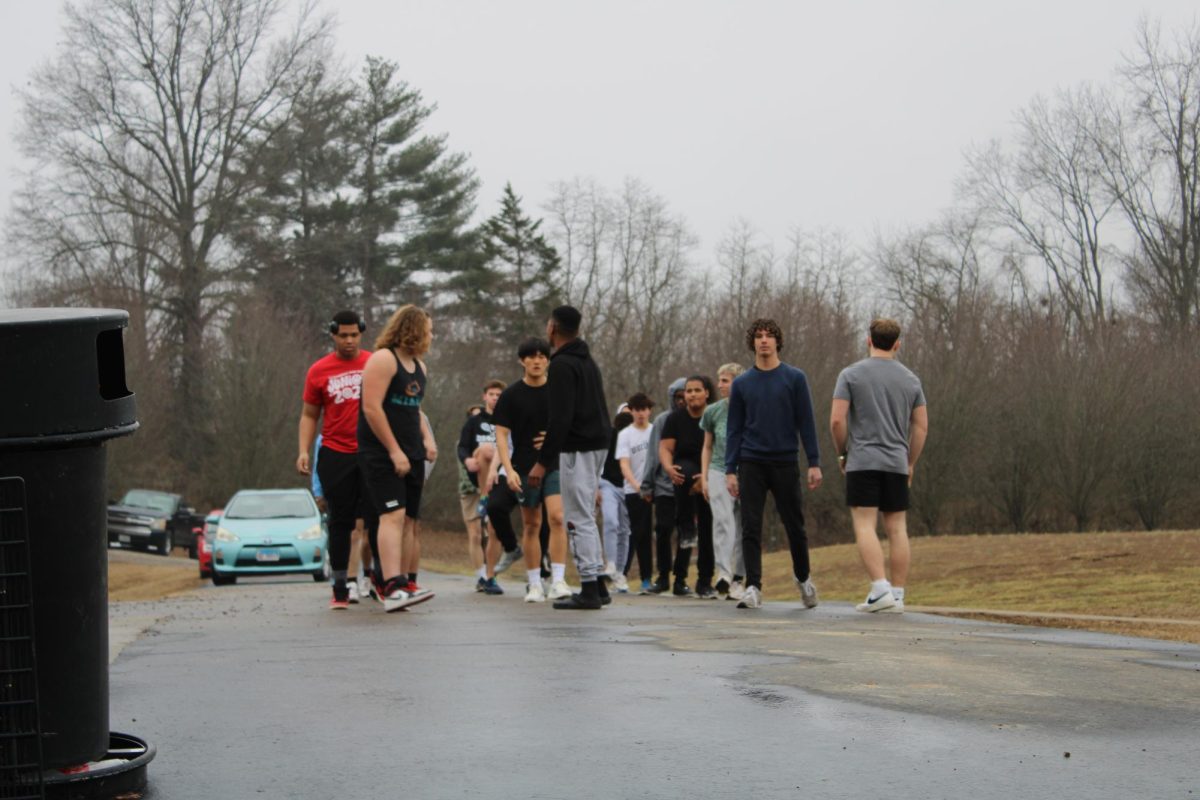Cross-country, also known as “XC,” is a sport that many high school athletes deeply appreciate, yet it doesn’t always get the recognition it deserves. Even though it is quite popular in high schools, it still lacks the same attention that sports like football, basketball, or soccer receive.
In high schools, cross-country has often struggled to reach the popularity of other team sports. One major reason is the lack of attention it gets compared to games like football or basketball. Football games come with packed bleachers, energetic cheers, and a lively atmosphere that excites the crowd. Even basketball offers that intense gym environment with every move visible to fans. In contrast, cross-country races usually take place on trails or in parks, far from the main school campus, without the noise of crowds or cheerleaders.

Cross-country is also a sport that isn’t easy to watch. Unlike track meets, where the entire race unfolds in front of the audience, cross-country courses stretch through natural landscapes, making it difficult for spectators to see much of the action. Most of the race happens away from the finish line, with only the final moments visible to the crowd, which makes it less thrilling for those who prefer watching fast-paced action. The image often associated with cross-country athletes is one of determination and endurance, sometimes seen as a bit solitary. Runners are viewed as people who push themselves through grueling workouts, more focused on personal growth and resilience than on the fame that comes from playing in front of a cheering crowd.
High school cross-country involves races on natural terrain over distances typically ranging from 3 to 5 kilometers, an average of 3 miles. The courses can vary greatly, with features like hills, dirt trails, grassy fields, and even mud or snow depending on the season and weather. This diversity in the course layout makes each race a new test of strategy and physical ability.
“I like the team aspect even if we don’t run all together,” Taylor Crippen, a girl cross-country runner, said. “And I also like how we get to our goals and achievements”.

Cross-country may seem like an individual sport, but teamwork plays a huge role in every meet. Athletes race for their individual times, but their finishing positions also contribute points to the team’s total score. The goal is simple: the lower the team’s score, the better, with each runner’s placement being critical to the overall success. Even those not finishing first can have a major impact by overtaking runners from rival teams.
“I like long run days because I can like run a long distance and just, I don’t know, it helps me like think,” Taylor said.
Training sessions for cross-country include a mix of long runs for building endurance, sprint intervals for speed, and hill workouts to strengthen muscles. Mental toughness is just as important as physical preparation, as the sport demands the ability to keep going despite fatigue and challenging conditions.
The cross-country season in the U.S. primarily takes place in the fall, with competitions held at parks, golf courses, or woodland trails. These locations allow runners to fully experience the sport’s connection to nature, away from the distractions of urban life. Racing in the fresh air, often surrounded by beautiful landscapes, is one of the sport’s unique appeals.
During the season, high schools host meets against rival teams from other schools, and the top performers advance to regional and state championships. These events gather athletes from all around, each striving to push beyond their limits and achieve personal bests while helping their team succeed.

Success in cross-country isn’t just about physical strength; it also relies heavily on mental resilience and the drive to keep moving forward even when the body wants to quit.
For anyone looking to take on a sport that’s all about testing personal boundaries and finding joy in the journey, cross-country provides that and more. It may lack the glamor of high-profile sports like football, but for those dedicated to its challenges, cross-country is more than just running. It’s an exploration of both nature and inner strength.


